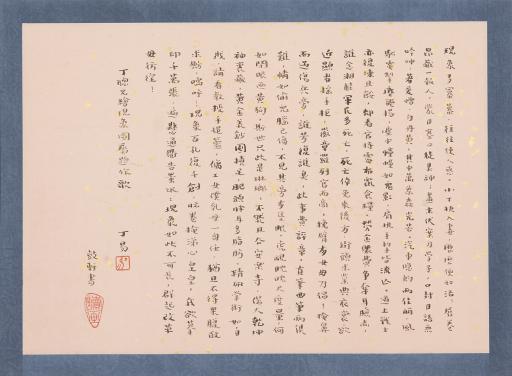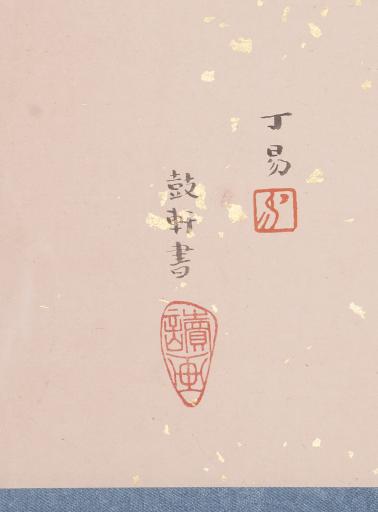Images of Today, 1944, Ding Cong
Artwork Overview
Ding Cong, artist
1916–2009
Images of Today, 1944,
1944, Republic of China (1911–1949)
Where object was made: China
Material/technique: ink; color; paper
Dimensions:
Image Dimensions Height/Width (Height x Width): left colophon 28.6 x 39.7 cm
Frame Dimensions (Height x Width x Depth): 21.88 x 28.38 x 1.00 in
Image Dimensions Height/Width (Height x Width): 11 1/4 x 15 5/8 in
Image Dimensions Height/Width (Height x Width): left colophon 28.6 x 39.7 cm
Frame Dimensions (Height x Width x Depth): 21.88 x 28.38 x 1.00 in
Image Dimensions Height/Width (Height x Width): 11 1/4 x 15 5/8 in
Credit line: Gift of Dr. William P. Fenn
Accession number: 1977.0101.a
Not on display
If you wish to reproduce this image, please submit an image request





